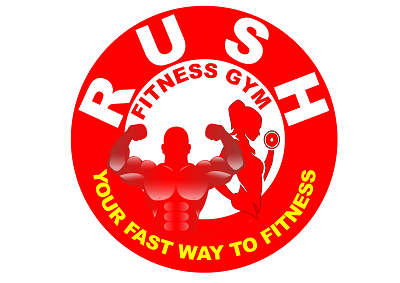"You may have the skills and abilities but you must also have the strong reasons to be successful."
Don't forget to share and like!
You do squats, leg presses, extensions, and a few leg curls, but skipping these other four moves might be the reason you're not satisfied with your leg progress!
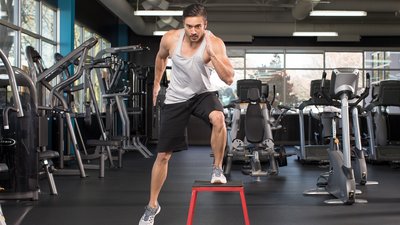
I know, I know. It's not the most popular topic, but we need to talk about leg day—and what you can do to get your lagging legs back on track.
True, you wince at the thought of the muscle soreness you'll feel after working these four moves into your routine, but if you want serious results, you need to do serious work.
Think big, stay strong, and pump up those wheels!
Squatting with each leg separately means the muscles in each leg will have to work harder, but at the end of the day, both legs will be stronger.
Doing pistol squats with a kettlebell makes this move easier because you can hold the weight by the horns (sides of the handle) and keep it in the middle of your chest. This keeps the center of gravity where you want it.
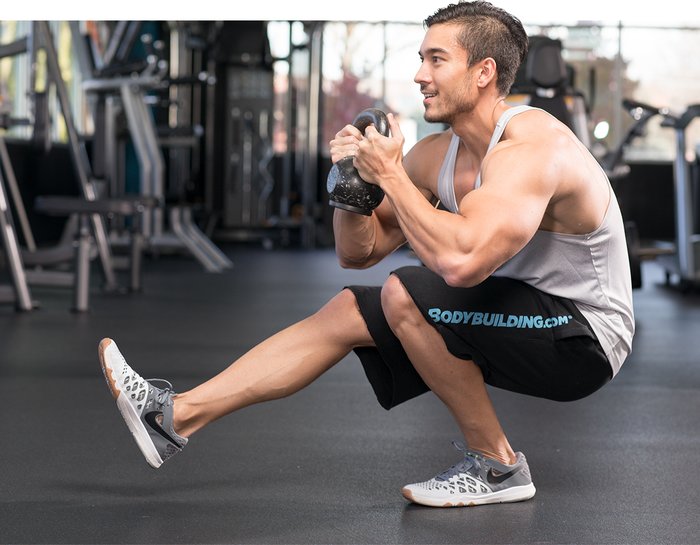
Pro Tip: If you're not up to weighted pistol squats yet, use a body suspension strap to help you. Alternatively, practice with your own body weight to make sure your form is on point before adding extra weight. If you think you've got it down, do 3 sets of 10-12 reps per leg.
Most people think of good mornings as a lower-back strengthening exercise or an assistant for the deadlift, but it's a great stand-alone exercise to light up your hamstrings and glutes.
The key with the good mornings is to focus on sticking your butt out and keeping your chest high as you bend over. Simply bending over without maintaining a straight back could lead to a lower-back injury.
Once you've hinged over as far as you can with a straight back, concentrate on pulling in your hips and driving the bar straight up. Feel your hamstrings engage and squeeze your glutes when you stand.
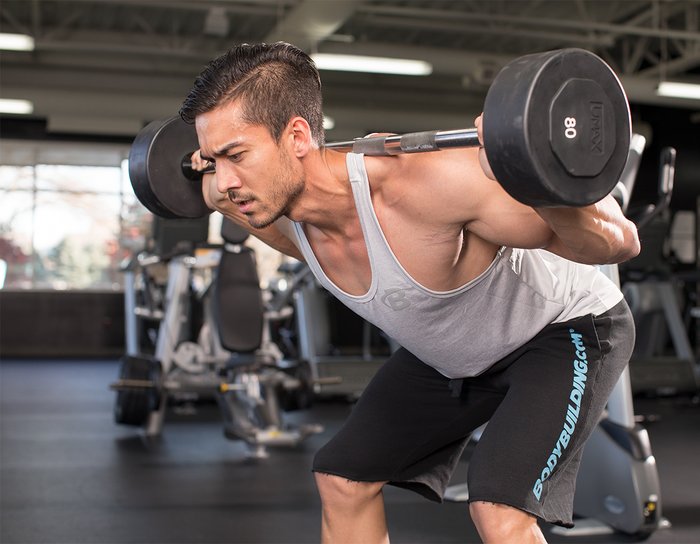
Pro Tip: Warm up with a power band by placing one end of it around your shoulders behind your neck—exactly where you'll put the barbell—and standing on the other end. Or use a PVC pipe to practice the hip-hinging motion before you add weight. After 2-3 warm-up sets, do 3-4 working sets of 15 reps.
Calves are a tricky muscle group to build, which is probably why they are all but forgotten on leg day. Everyone seems to have their own secret tricks for building calf muscles, but skipping calf exercises is a surefire way to sabotage your gains.
With donkey calf raises, your calves are isolated and work hard. Performing donkey calf raises on a machine saves time and keeps it simple. If you don't have access to a machine, use a weight belt, plate, or even a workout partner to help add weight.
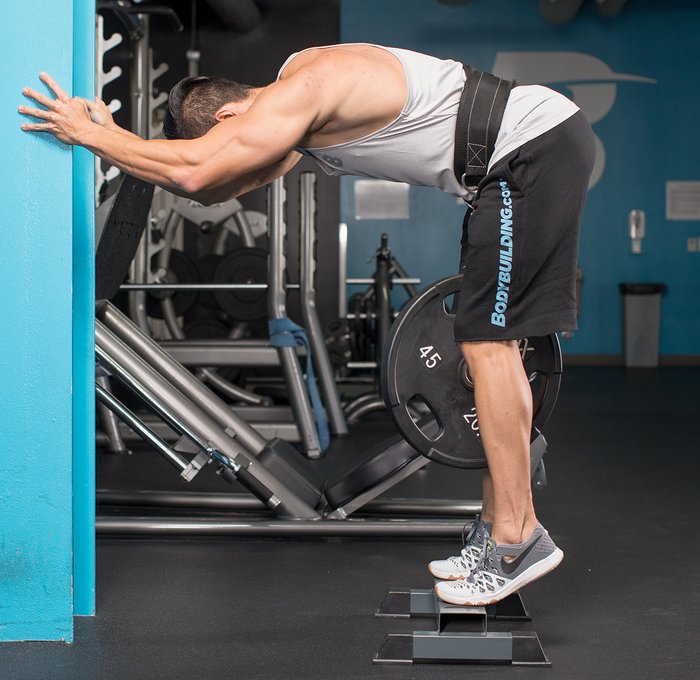
Pro Tip: Your calves naturally do a lot of work every day, so if you want to see growth, slam them with volume and pump as much blood into the muscles as possible. Use 1-1/2 reps, where you perform a full rep, go halfway down, then lift again. Do 3 sets of 15 reps like this and the results will speak for themselves.
Doing box shuffles at the end of your workout targets all the muscles when they are warmed up and full of blood. Since you'll be tired, stay focused for this exercise so you don't kick the box. You're not trying to set a speed record. Just take your time with each step.
The side-to-side box shuffle is both a great plyometric leg finisher and good extra cardio. Start with a low box or step and go higher as you improve.
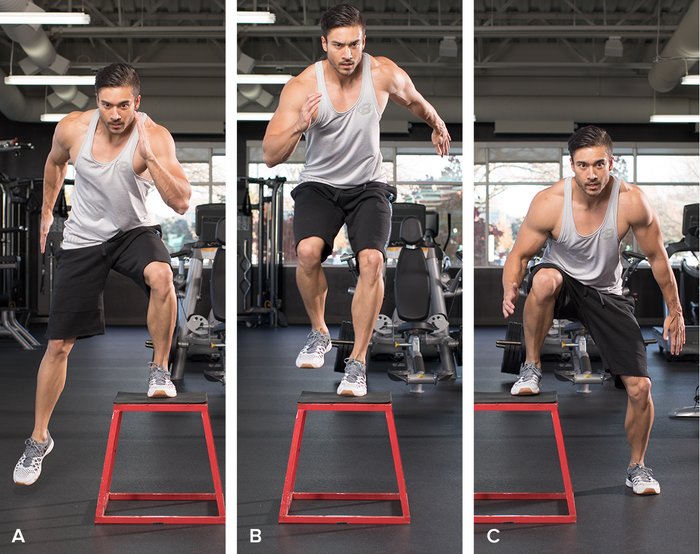
Pro Tip: You can use this as a warm-up before you start training if you're too concerned about doing it after your training. Either way, go back and forth for 10 reps. Rest for a minute and repeat for 3-5 sets, depending on your fitness level.
Source: Bodybuilding.com

Exercising with others may bring more benefits than working out on your own, a new study suggests.
It is a widely accepted notion that regular exercise is beneficial to overall health — not just because it helps to prevent weight gain and maintain the body's shape, but also because it has been found to reduce the impact of stressfactors.
One study recently covered by Medical News Today, for instance, found that as little as 1 hour of exercise per week can prevent depression. Another study found that exercise improved muscle health and positively impacted life expectancy.
New research from the University of New England College of Osteopathic Medicine in Biddeford, ME, now suggests that the context in which you exercise may significantly affect the efficiency of the workout.
More specifically, exercising with a group of people seems to have a greater beneficial effect than an individual workout.
"The communal benefits of coming together with friends and colleagues, and doing something difficult, while encouraging one another, pays dividends beyond exercising alone."
Lead researcher Dr. Dayna Yorks
The study's findings were published today in The Journal of the American Osteopathic Association.
Dr. Yorks and her team recruited 69 medical students at the University of New England College of Osteopathic Medicine. They targeted this group because previous studies had shown that medical students face considerable stress and report a lower quality of life.
The participants chose whether to join a 12-week group exercise program or to follow a similar 12-week plan on an individual basis.
In addition to these two groups, a third acted as the control. The participants in the control group did not engage in any exercise except walking or riding a bike on their usual routes, such as from home to work.
The researchers noted that the participants who had joined group workouts exhibited over 26 percent lower stress levels and reported an improved quality of life at the end of the program.
At the same time, the participants who had engaged in individual workouts appeared to have put more effort into their physical activity plan but gained much less from the experience, with no significant improvement of stress levels and little improvement of their overall quality of life.
"The findings support the concept of a mental, physical, and emotional approach to health that is necessary for student doctors and physicians," says Dr. Yorks.
At 4-week intervals during the program, the participants responded to surveys, rating their perceived stress levels and overall quality of life. They referred to three categories: mental, emotional, and physical.
Those who had joined the group workouts had to engage in CXWORX — a training program focusing on core strength and functional fitness — for 30 minutes at least once each week throughout the 12 weeks.

At the end of the program, the group workout participants self-reported significant improvements in all the categories surveyed by the researchers.
The team found a 12.6 percent improvement in mental health, a 24.8 percent improvement in physical well-being, and a 26 percent improvement in emotional well-being, as well as 26.2 percent lower stress levels.
Participants who chose to engage in individual workouts instead were allowed to pick their own fitness practices but were asked to exercise either alone or with a maximum of two partners.
The lone participants exercised for twice as long as their counterparts, but the only significant improvement they reported was in their mental well-being, wherein they registered an 11 percent increase.
Dr. Yorks and team suggest that their findings should provide a "springboard" for medical schools to provide appropriate fitness facilities and programs for their students.
"Medical schools understand their programs are demanding and stressful," suggests Dr. Yorks. "Given this data on the positive impact group fitness can have, schools should consider offering group fitness opportunities."
"Giving students an outlet to help them manage stress and feel better mentally and physically," she adds, "can potentially alleviate some of the burnout and anxiety in the profession."
